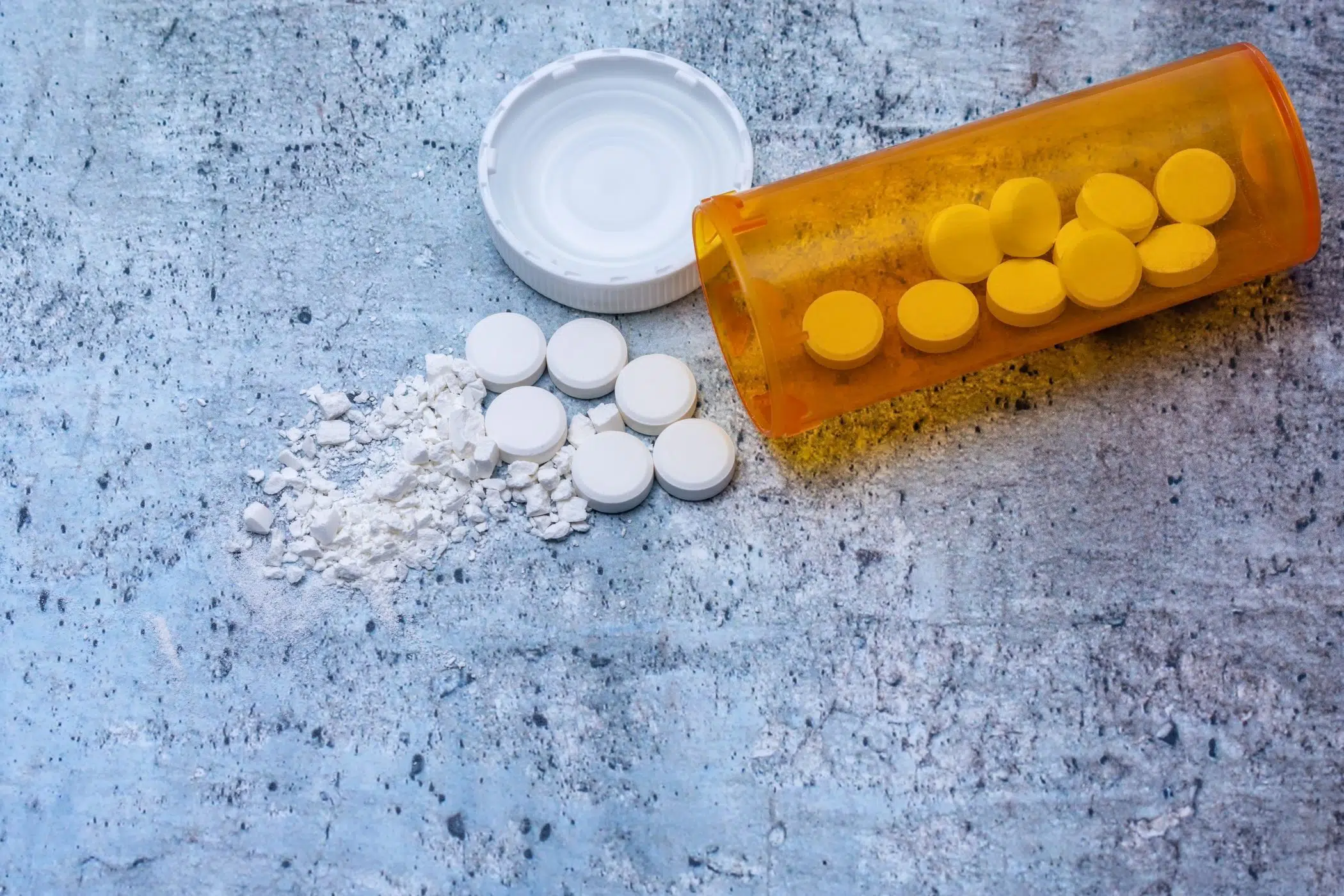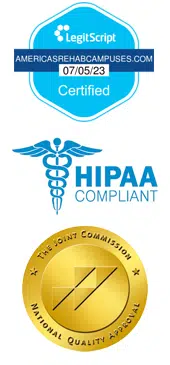 Addiction is a diagnosable disease that impacts millions of Americans every year. One reason that addiction is so prevalent is the simple fact that so many substances are addictive. Everything from the caffeine in a morning cup of coffee to hard, illicit drugs that take control of so many lives every year.
Addiction is a diagnosable disease that impacts millions of Americans every year. One reason that addiction is so prevalent is the simple fact that so many substances are addictive. Everything from the caffeine in a morning cup of coffee to hard, illicit drugs that take control of so many lives every year.
It’s vital to remember that addiction is a lifelong disease with no cure. Harvard Medical School has conducted research into addiction and the impact society’s views on the matter have for those actually suffering from addiction.
Understanding What Drives Addiction
One key factor in addiction is dependency on the addictive substance, whether it’s an illicit drug or not. Media such as TV shows and video games can provide mental stimulation and an escape that may use as a coping mechanism, eventually becoming dependent on the dopamine releases provided through the screen.
Addictions such as those to activities and media can often be addressed with therapy, but physical and psychological dependencies that form from drug and alcohol abuse can be life-threatening with permanent impacts to the mind and body. When dependencies are not met, the body can start to shut down or suffer from withdrawal symptoms that range from minor mood swings to heart attack and stroke in some cases. Not wanting to experience these negative side effects of sobriety, substance abusers will simply continue to abuse drugs or alcohol.
Addiction Worsens Over Time
With drug and alcohol addiction becoming more and more common, knowing why addiction gets harder to beat the longer it’s fed can help even the most severe cases of addiction and dependency start to see what led them to their current state. It will also help them understand that substance dependency builds upon itself, meaning it can be undone with a proper medical detox program and recovery specialists.
When addiction is spotted early one, getting started with a recovery program is the best way to safely and effectively remove the substance and dependencies from our lives. That being said, addiction will always show itself through cravings and impulses to partake in a problem substance. Treatment programs help equip individuals with the tools and resources needed to turn these cravings from major roadblock with a chance of relapse into a minor speedbump that only temporarily slows down their journey forward.
Stopping Use Is Easier Said Than Done
Addiction and dependency go hand in hand, the longer a substance is abused the deeper dependencies go. Tolerance is one of the contributing factors to this cycle as the body adjusts to new substances and, over time, needs more of the substance in order to feel the effects. Each increase in dosage increases dependencies and severity of withdrawal symptoms experienced once detox begins, making early intervention one of the best approaches to nip addiction in the bud.
Taking withdrawal symptoms into consideration, it should be said that stopping cold turkey on your own can lead to disastrous side effects and health impacts. As such, the best route to sobriety is through medically assisted detox and addiction recovery programs that provide constant support and care to make the process comfortable and the lessons learned more effective for use down the road.

